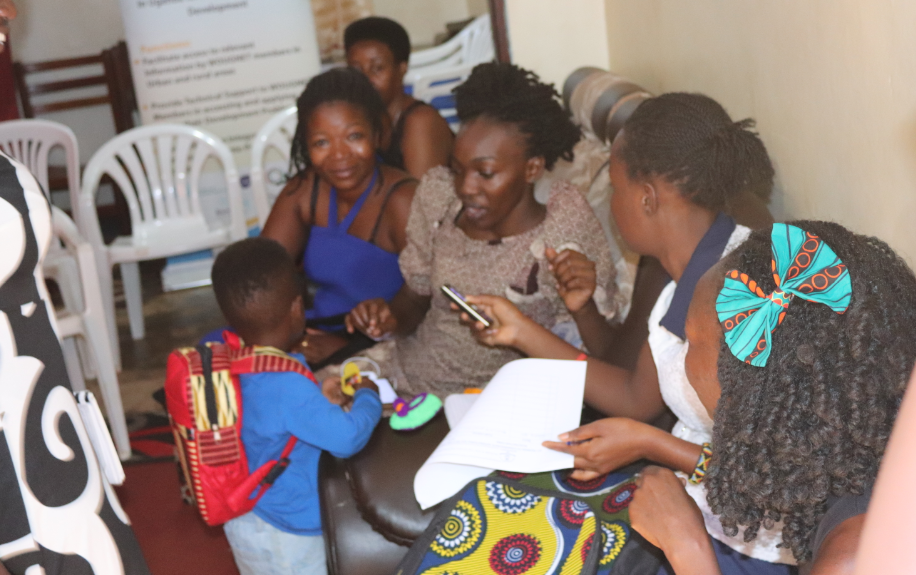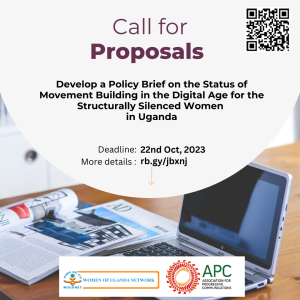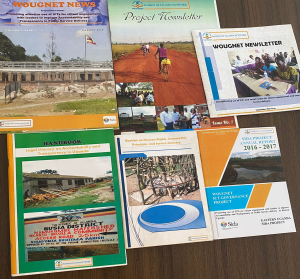In a greater part of the world, the foundations of various aspects of life in society have been built on patriarchal norms. The belief is that man is above all and that all who are not him must submit to or be subdued by him. Yet still and in fact, it would be easy to say that there has been a great improvement and a recognition that we need to live in societies that are more inclusive in opinion, leadership or decision making and every other facet of being that impacts on the lives of both women and men. It is not much of a secret though that as we have continued to progress over the centuries, the many faces of patriarchy continue to thrive and to manifest in various spaces and aspects.
Still, given the amazing progress, we have made as the human race, we continue blindly or not to accommodate patriarchy in all its new faces including those dressed in the general understanding of institutions like “culture” and “religion”, to name a few. Even when we are well aware of the dangers that come with some of the practices and beliefs (whether well interpreted or misinterpreted) attached to these much cherished aspects of society, we still choose to stay silent, pay a deaf ear or intentionally blind ourselves in the name of preserving identity and anything else we claim makes us unique or different as a people from various geographic locations or communities.
Child marriage is perhaps one of the most complex and delicate issues to address in human rights discourse. Like other human rights components, this is probably so, majorly because of the balance of power in decision making. From who decides what consists of Child marriage or not to how or whether it should be addressed if at all it is a problem and by definition, if it is child marriage. All these questions and conversations that have been phrased and re-phrased supposedly to find ways of accommodating varied institutional beliefs and structures (cultural, religious and others) – While pointing to a common denominator being the one who decides what should consist of all elements of these institutions and any other institutions of governance or other aspects of society.
At this point, I think it would be safe to say that shifting society’s mindsets and changing norms that are heavily influenced by patriarchy are some of many remedies to addressing violence against children and specifically child marriage. But how do we shift such a big deeply rooted mountain of such an old and influential system? Well, I learned some great lessons from a recent Girls Not Brides- Uganda (GNB-U) accelerated theory of change validation workshop that I hope can answer this question and that I intend to draw from;
- Make the problem part of the solution – We should not make advocacy a rebellion against those who are likely to be partly or fully the cause of the problem, and who have a greater advantage in power dynamics especially when it comes to capturing hearts and minds (persuasion) and taking decisions. Instead, we need to understand why they think or act the way they do and find ways to design advocacy strategies with this in mind.
- Networking and partnering with likeminded and stronger allies are key – Identify your allies, their strengths and complement their weaknesses. In this validation exercise, the Africa women’s movement was identified as a key ally considering the long journey and strides it has made in advocating for equity, equality, justice and other reforms necessary for progress in society; nationally, regionally and globally.
- Change with change – As patriarchy occupies more new spaces and changes faces, so should advocacy. We need as advocates to identify areas where there is an opportunity to push for change of mindsets and norms; and to claim our spaces in these areas or create spaces within them, however uncomfortable or untraditional.
With these few sheared lessons, I believe that accelerating advocacy for human rights and child rights, specifically girl child rights, may not be a farfetched dream after all. Given we are more determined today than we were yesterday in designing and implementing solutions that challenge forces like patriarchy and that can work, it may not be long before we actually live to see a world where children and human beings, in general, are free from all forms of violence.
Author: H. Susan Atim, Program Officer, Women of Uganda Network (WOUGNET)






